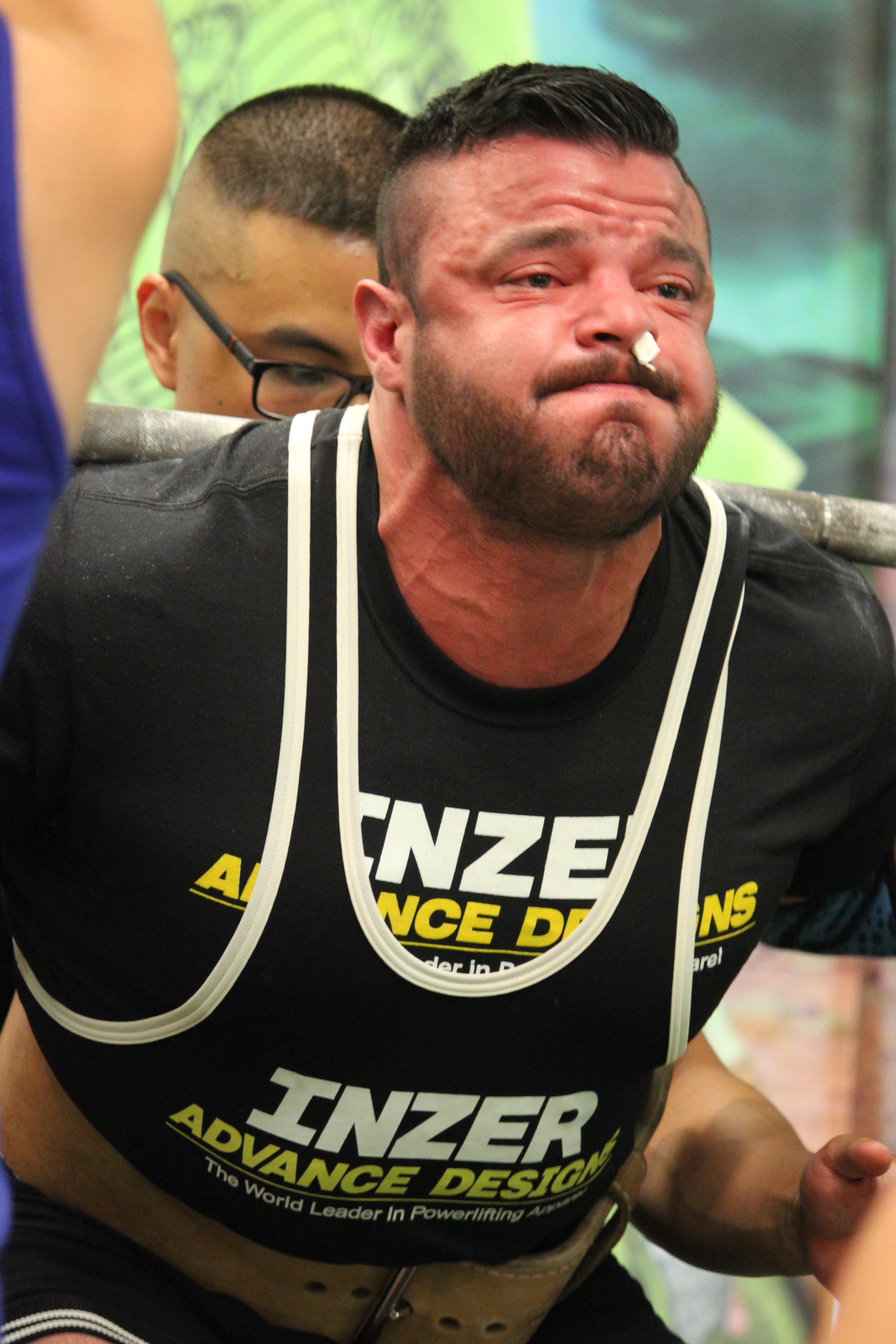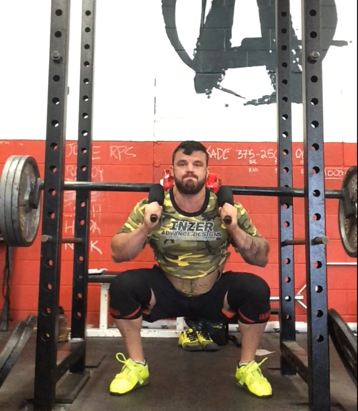
22 Sep How Do YOU Move? Part 1 – The Factors
By: Paul Oneid
With all of the mobility and movement Guru’s on the internet these days it becomes very easy to get lost in the sea of misinformation. Now, I don’t purport to be a Guru and I don’t intent to try and convince you of anything within these articles. What I want to do is present the facts and give you the information so you can think critically about what you are practicing and how it relates to your goals. If you are reading this, likely you have read or heard about 10/20/Life and know the mobility protocol in which it advocates. Just like any protocol related to training, nutrition etc. the protocol in 10/20/Life is Brian Carroll’s interpretation of his education and knowledge base. Let’s take a deeper look into the facts and you can decide for yourself what you want to practice.
[wa-wps]
First, let’s define a few key words to simplify our learning:
- Flexibility – The ability of a muscle to achieve a fully shortened or fully lengthened orientation through a range of motion. This is directly related to a decreased neural tone and often a decrease in muscle size.
- Range of Motion (ROM) – The number of degrees of change between the completely shortened and completely lengthened positions of a muscle. ROM can be active or passive. ROM is joint specific.
o Active – The ability of an individual to go through a ROM under his or her own power.
o Passive – The ability of a muscle to go through a ROM under the application of external forces.
- Stability – The ability of a muscle to resist movement. This is directly related to muscle contractile force, or muscular strength, typically and increase in muscle size and an increase in neural Tone.
- Mobility – The interplay between flexibility and stability to achieve movement.
The more proficient a movement is, the more efficient the system becomes, which results in less mechanical work to be done, less energy lost and more force being applied to the movement. This is a complicated way to say – If you move better, you are stronger. Let’s look at the influences on movement.
The Join by Joint Approach
In strength sport, you need to achieve certain movement standards. The simplest example of this is that in the squat, the hip crease must pass below the top surface of the knee. The ability to perform this movement requires a certain amount of mobility. By using the “Joint by Joint Approach” (JBJa), we can better understand where mobility is needed and where stability is needed. According the JBJa, the joint systems of the body are arranged in an alternating fashion between mobile and stable joints as it relates to their degrees of freedom, or movement capabilities. Starting from the ground:
- Foot/Ankle – Mobile
- Knee – Stable
- Hip – Mobile
- Lumbar Spine – Stable
- Thoracic Spine – Mobile
- Cervical Spine – Stable
o Atlas/ Axis – Mobile
- Shoulder – Mobile
- Elbow – Stable
- Wrist – Mobile
The key element of the JBJa is that the body will create a movement patterns based on its abilities. If you want to perform a squat, your body will squat. The squat of someone with optimal mobility will look drastically different than someone with sub-optimal mobility, but they will both be squats. How is this possible? It is possible because when the body lacks movement in a mobile joint it will search for it in a stable one. The body will create compensation patterns in order to allow for the execution of movement. These compensation patterns request degrees of movement from areas that are not built to accommodate them, which can result in injuries. These implications will be discussed in a later article.
The Central Nervous System
The human body is designed to move. This movement is controlled by the central nervous system (CNS). The CNS controls every aspect of the human body from how we move, to why Byrd cries at TV commercials. If the CNS controls movement, then the CNS influences the factors that dictate how much movement is available to us. It is the stimulus of the CNS to the muscle that creates a muscular contraction or relaxation. Through this stimulus, the CNS influences flexibility, ROM and stability. It does so by neural tone. Neural tone is the resting stimulus from the CNS to the muscles. In the simplest sense, the higher the neural tone, the closer a muscle is to contracting. If a muscle is closer to contracting, it will have less potential for lengthening. This means that it will be more resistant to passive flexibility, as it will be more stable. It does NOT mean that the muscle lacks ROM it just provides more resistance.
The other way the CNS controls mobility is through movement sequencing and coordination. Through repetition, the CNS learns and lays down a framework for how a movement will be performed. The patterning of a movement will dictate which muscles are recruited and which are not. Muscle recruitment will dictate the degree to which a muscle hypertrophies and adapts to the stress of movement. The more it adapts, the stronger it becomes. There are many secondary implications of motor patterning and these will be discussed in a later article.
Lifestyle
Our lifestyles, training, injuries and daily behaviors will influence the fashion in which our bodies move. Often, these factors lead to a decrease in movement abilities as opposed to an increase. Sitting for extended periods of time, training poor movement execution, muscle tears, and picking up our children all alter the way in which certain muscles interact within the system. All the muscles of the body need to do their part in order to move in the most efficient way possible. It should be noted that perfect movement function is impossible to achieve, but we can look to move in an optimal manner within our bodies’ capabilities and requirements. Part of this would factor into the motor learning discussed above, but also the way in which we move places repetitive strain on the system, which can affect tissue integrity. Everything you do throughout your day has an impact on your entire system. This is discussed at length in all of Dr. Stuart McGill’s work. If you want to be an athlete, you have to move like an athlete.
Putting it all Together
Mobility is specific to the requirement of the task being performed. It is for this reason that it is not optimal to have excessive levels of mobility. Since mobility is the result of flexibility and stability, if mobility goes up, stability must go down. This will often result in a decrease muscle contractile potential as a result of decreased neural tone. Now, specificity is king. Using the above example of a squat, if we increase mobility beyond what is required, we decrease neural tone and muscle contraction potential. This means the muscle will be able to absorb less force and apply force at a slower rate. Neither of these two things will result in you squatting more weight! Having optimal mobility will allow you achieve appropriate positioning, while maximizing force absorption and application potential of the muscles. You only need to be mobile enough to squat when performing a squat.
Now, we have a firm grasp on the factors that influence movement. We know that the JBJa will dictate the joints where movement should take place and where we require stability. We know that mobility is specific to the task and is the result of the interplay between flexibility and stability within a system. Finally, we know that the CNS controls our movements, both through motor learning and the intensity of neural tone. In this series, I will discuss further how we can adjust the individual factors within the movement equation to influence the resulting movement pattern. I will also aim to discuss the implications of these manipulations and how they relate to making your stronger or weaker.
Paul Oneid
Latest posts by Paul Oneid (see all)
- A Proposition for a Paradigm of Planning Your Personal Periodization - March 4, 2019
- Paul Oneid –> Off-Season | Feet Up Bench PR and Some Squats - March 1, 2019
- Paul Oneid –> Off-Season | A bit of everything - February 21, 2019








Sorry, the comment form is closed at this time.